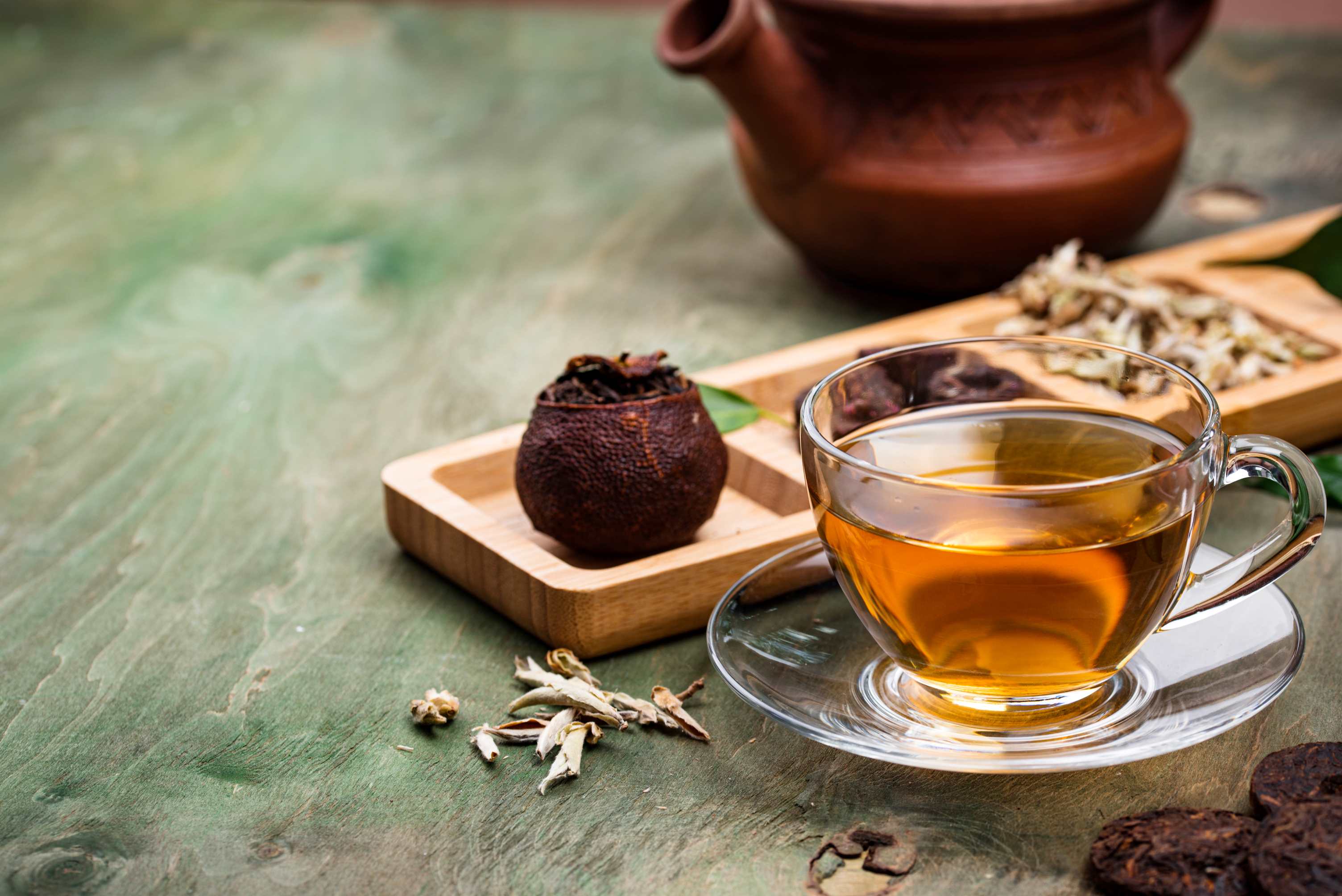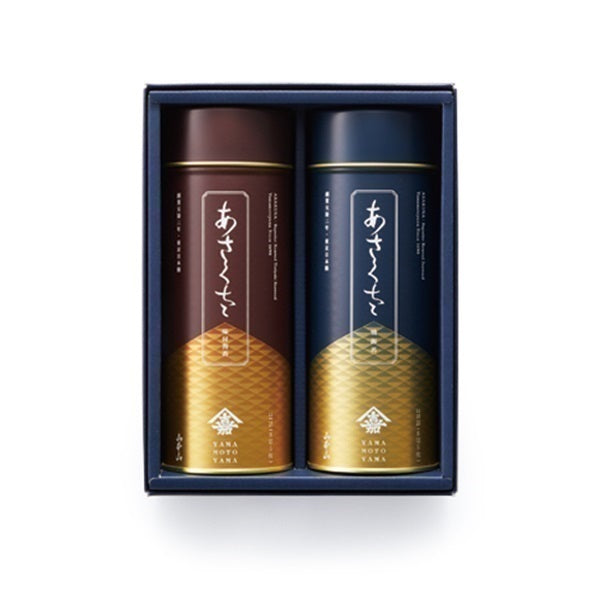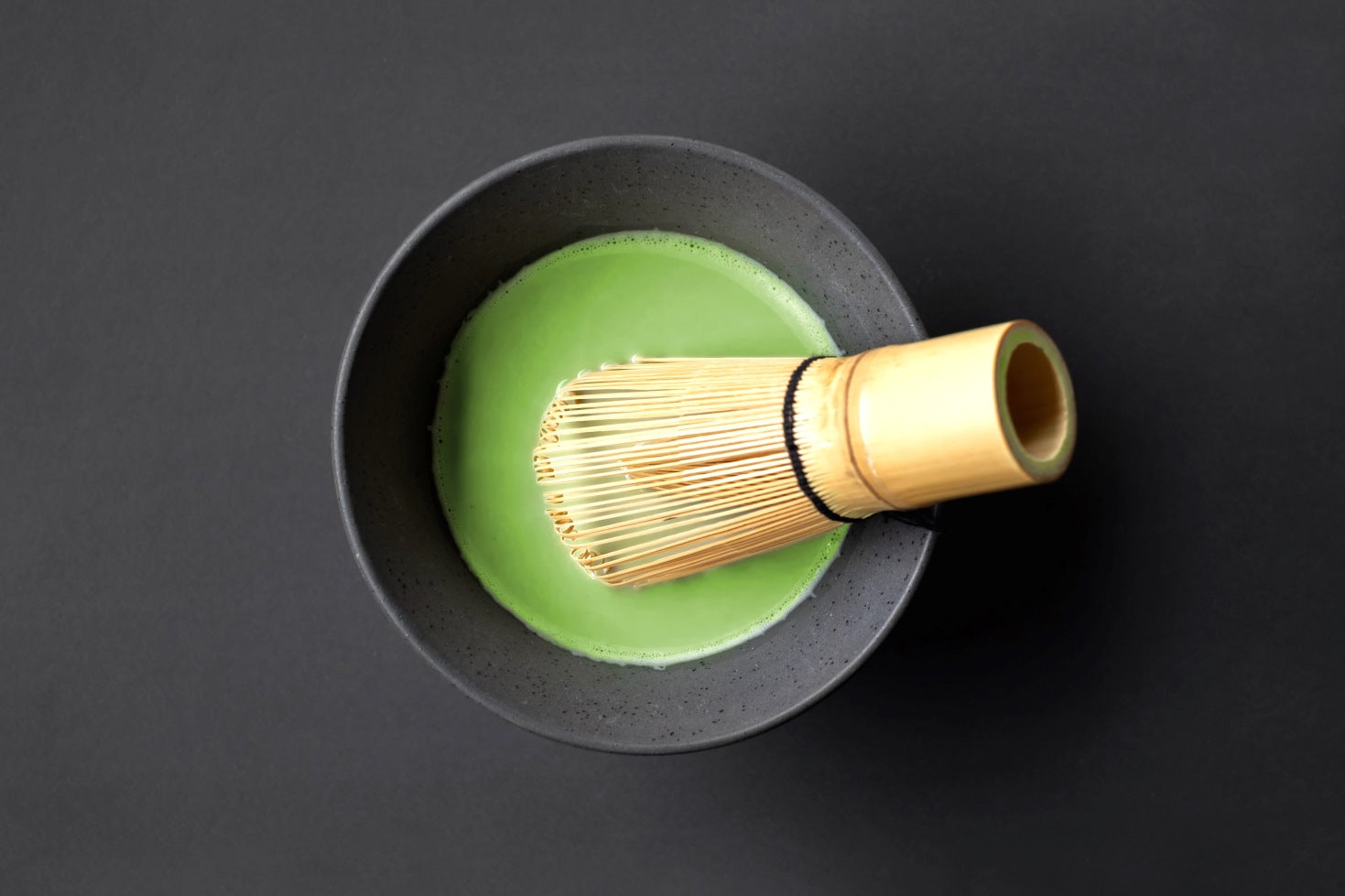
What is Oriental Beauty? | The charm of high-quality Taiwanese tea, the mystery of insects and nature
Oriental Beauty is Taiwan's pride and joy, a high-quality oolong tea.
This tea leaf, which can often cost over 10,000 yen per 100g, is a true miracle of nature, produced by the tea green leafhopper (commonly known as the planthopper), a known pest.

Around June, planthoppers appear in large numbers in tea fields, sucking the juice from the tea leaves and leaving scars on the leaves.
Normally, planthoppers are eradicated with pesticides, but in the areas where Oriental Beauty is produced, no pesticides are used.
Tea leaves that have been sucked by planthoppers induce an antibody reaction in the damaged areas, producing a substance called "diol."
When this diol is heated during the tea-making process, it is transformed into a compound called "hotrienol," which gives it a honey-sweet, refreshing aroma.
This is the unique fragrance of Oriental Beauty called "honey scent."

However, Oriental Beauty, made from insect-eaten tea leaves, was initially only enjoyed by ordinary Taiwanese people.
Its value became widely known when a trading company became fascinated by its flavor and began exporting it.

Its unique flavor became popular especially in Britain, where it came to be known as "Oriental Beauty."
There is also an anecdote that Queen Victoria was a fan of it, but unfortunately this cannot be backed up by historical fact.

The effects of planthoppers on tea leaves can be seen not only in oolong tea but also in black tea.
In Darjeeling tea from India, summer-picked tea leaves develop a unique aroma called "muscatel flavor" due to the influence of planthoppers.
Its flavor, which combines a fruity, refreshing aroma reminiscent of Muscat with a deep, bitter taste, has captivated many black tea lovers.

Oriental Beauty has taken the damage caused by pests and turned it into the finest flavor by using a revolutionary approach.
It can be said that this one-of-a-kind oolong tea was created by a manufacturing process that makes the most of the power of nature, along with the wisdom and hard work of the people.
Due to hygiene reasons, green tea made with tea leaves eaten by insects is not sold on the market in Japan, but I wonder what green tea chosen by insects would taste like. I would love to try it someday.




